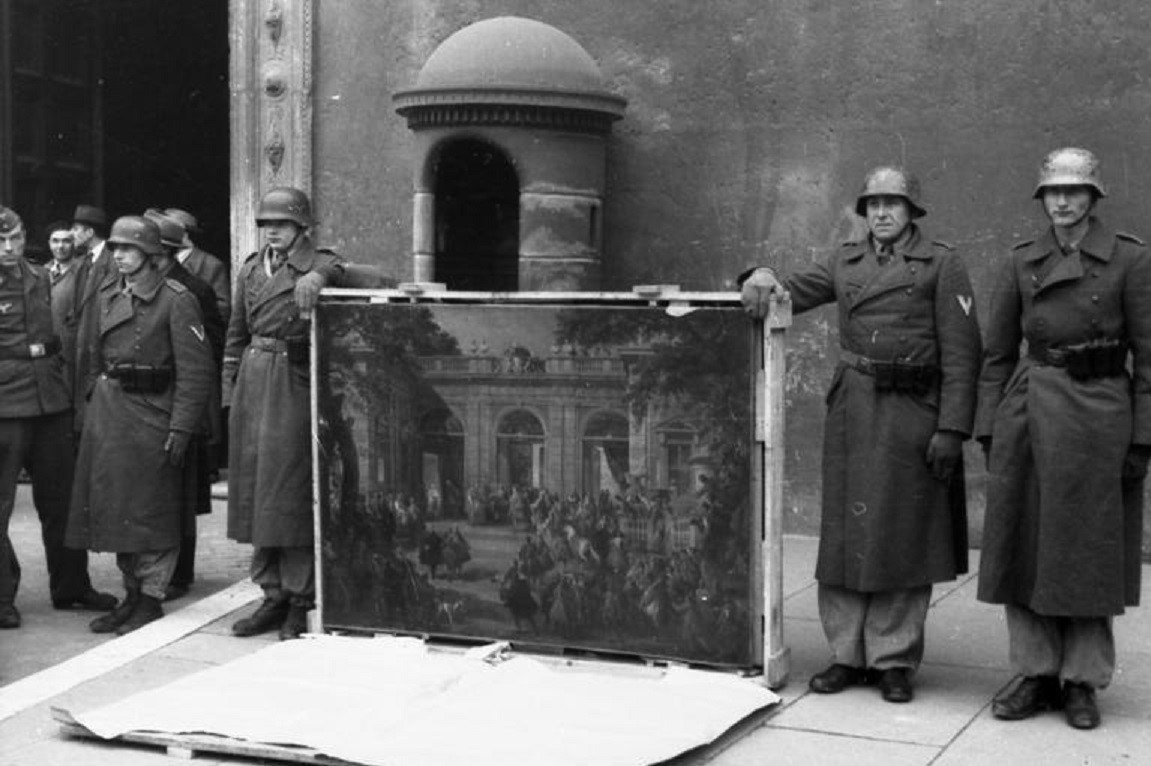German soldiers of the Hermann Göring Division posing in front of Palazzo Venezia in Rome in 1944 with a painting taken from the Biblioteca del Museo Nazionale di Napoli. Attribution: Bundesarchiv, Bild 101I-729-0001-23 / Meister / CC-BY-SA 3.0.
The Art Looting Investigation Unit (ALIU) was a special intelligence unit during World War II. Its mission was to gather intelligence on Nazi art looting networks. The unit was composed of only a few handpicked men who operated in Europe starting in late 1944, focusing mainly on Germany, France, the Netherlands, Switzerland, Italy, Spain, and Portugal.
Nazi Art Looting During World War II
During World War II, the Nazis implemented a systematic plan for the theft of art and cultural property. This looting was carried out on an unprecedented scale in history. The Nazis looted hundreds of thousands of works of art from museums and private collections across Europe. They targeted art collections of significant cultural and historical value, particularly those owned by Jewish families. The stolen items included paintings, sculptures, books, religious artifacts, and other cultural objects.
The Einsatzstab Reichsleiter Rosenberg (ERR) was the main Nazi agency engaged in art looting during the war. It was initially intended to collect Jewish and Freemasonic books and documents, either for destruction or for removal to Germany for further “study”. However, soon after, the ERR began looting art for the personal collections of Nazi leaders and German museums.
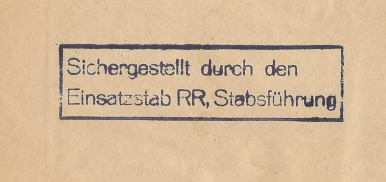
Adolf Hitler and Hermann Göring, both art enthusiasts, had a particular interest in looted art. Hitler planned to establish a grand Führermuseum in his hometown of Linz, Austria, to display the looted art. Göring, on the other hand, was primarily interested in enriching his personal collection.
The ability to amass artworks for the Führermuseum was legally sanctioned by Hitler himself. Following the Enabling Act of 1933, Hitler had the authority to establish laws without the involvement of the Reichstag. Essentially, any directive from Hitler carried the weight of law.
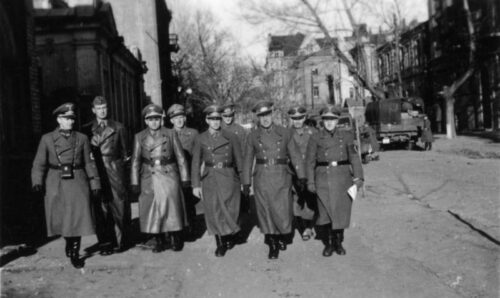
The Monuments Men and the ALIU
In response to the widespread looting, the Allies established the Monuments, Fine Arts, and Archives program (MFAA), also known as the Monuments Men. They were tasked with protecting cultural property in war areas and tracking down looted items. The Art Looting Investigation Unit (ALIU) was a special unit that investigated and documented Nazi looting networks.
Justice Owen J. Roberts, who was chairman of the American Commission for the Protection and Salvage of Artistic and Historic Monuments in War Areas (The Roberts Commission), initiated the creation of the ALIU. Administratively, the ALIU belonged to the Office of Strategic Services (OSS), headed by Major General William J. “Wild Bill” Donovan. Donovan agreed to the creation of an art looting investigation unit under the OSS. It was formally authorized by an inter-branch directive dated November 21, 1944.
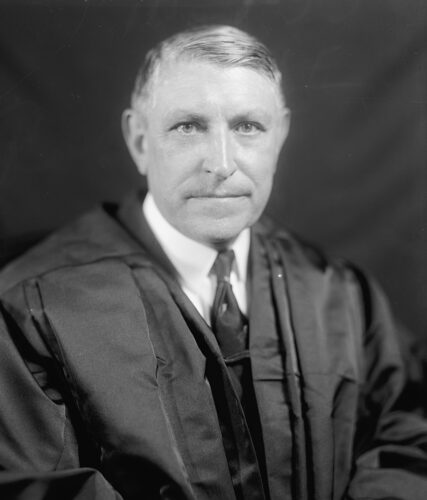
Mission of the ALIU
The primary mission of the ALIU was to collect and disseminate information bearing on the looting, confiscation, and transfer by the enemy of art properties in Europe, and on individuals or organizations involved in such operations or transactions. This information was intended to aid United States agencies empowered to effect restitution of such properties and prosecution of war criminals.
The ALIU conducted interrogations at Alt Aussee, Austria, from June 10, 1945, until the spring of 1946. The unit investigated enemy personnel suspected of participating in art looting. The ALIU also helped investigate war crimes for prosecution.
Post-War Restitution
After the war, efforts were made to return the looted art to their rightful owners. However, many items are still missing, and the search for them continues. The ALIU reports, which were declassified in the late 1990s, remain a valuable resource for provenance researchers and those involved in restitution efforts.
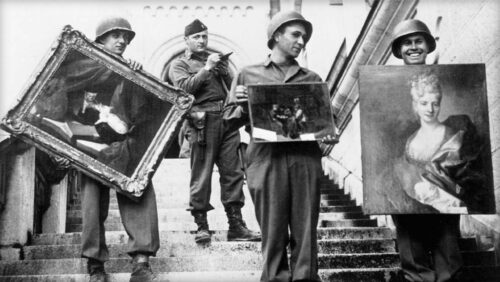
Resources
National Archives / OSS Art Looting Investigation Unit Reports
Archives.gov
Office of Strategic Services Society
OSSSociety.org
Central Intelligence Agency
CIA.gov
USASOC OSS Website (Official US Army Website)
www.soc.mil/OSS/index.html
*The views and opinions expressed on this website are solely those of the original authors and contributors. These views and opinions do not necessarily represent those of Spotter Up Magazine, the administrative staff, and/or any/all contributors to this site.

